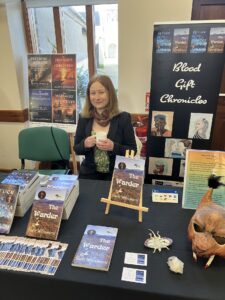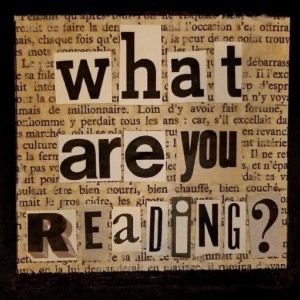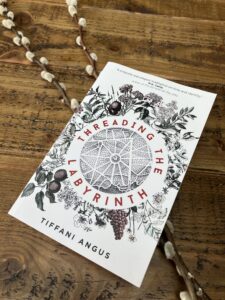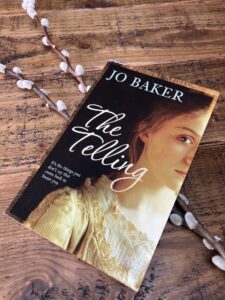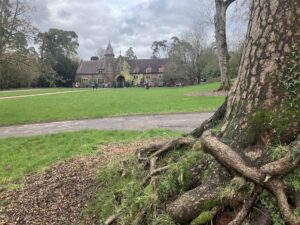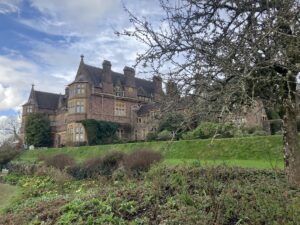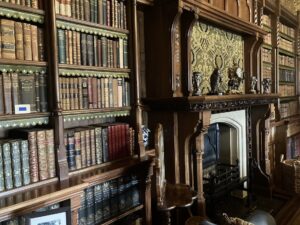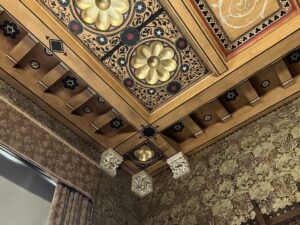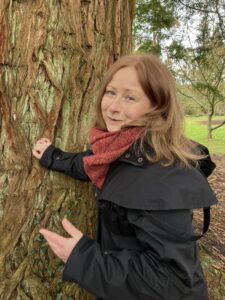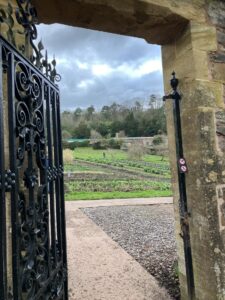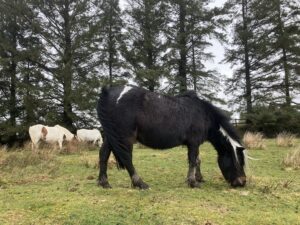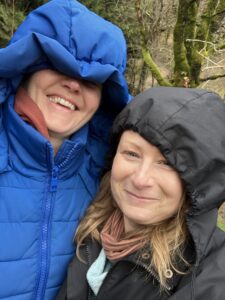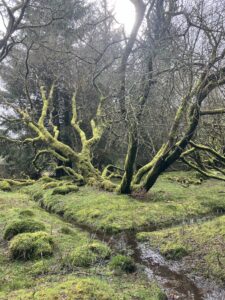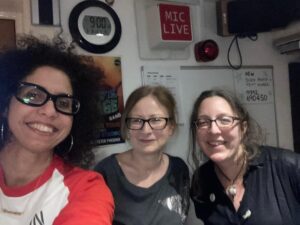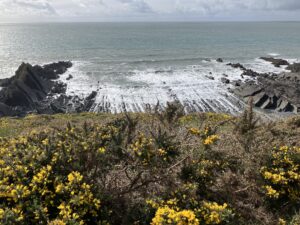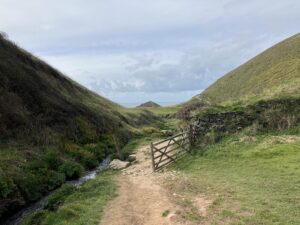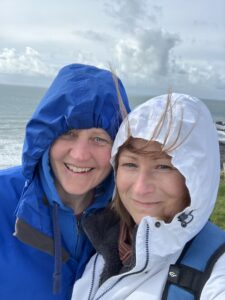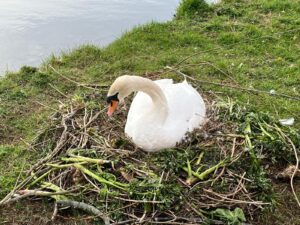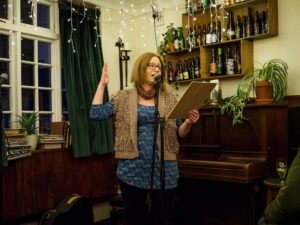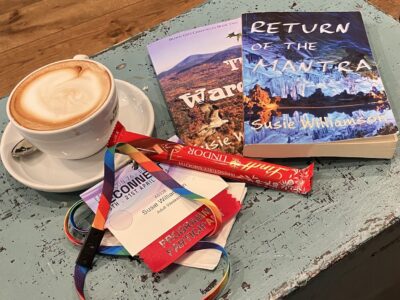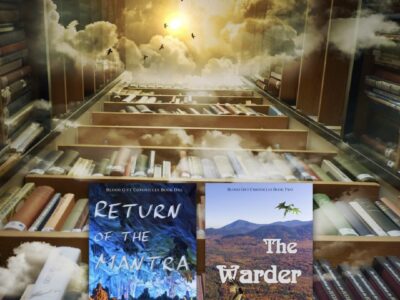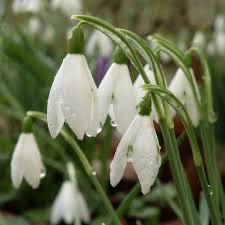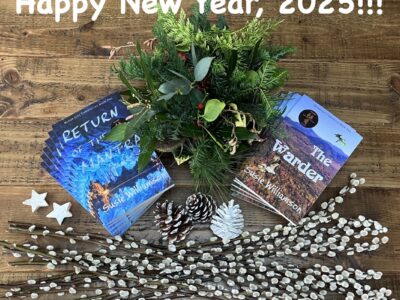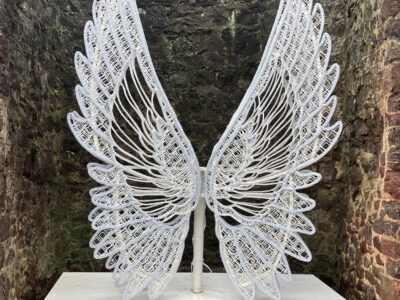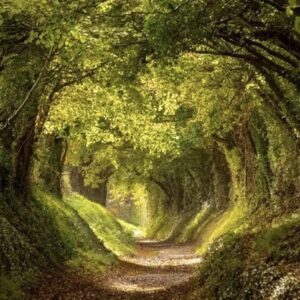
Summer is here and through the mixed bag of rain and shine, it’s lovely to get out and about for a breath of fresh air at the river, where cygnets are hatching and the heron’s out fishing, and swallows fly ducking and diving over the reeds.
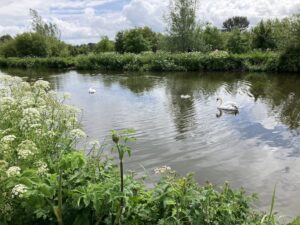
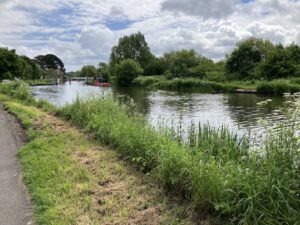

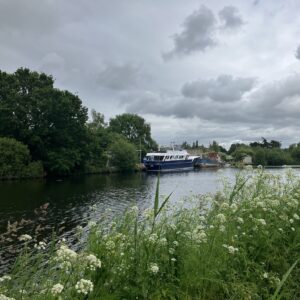
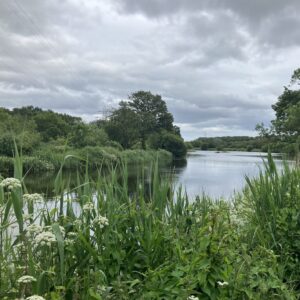
And in the River Otter, industrious beavers are building their damns. We were lucky enough to catch sight of one of these gorgeous creatures tucking into a well-earned dinner, and all thanks to Devon Wildlife Trust. DWT successfully pushed back against the UK government who had planned to have beavers removed from the river after a sighting of kits in 2008. After consultation, the first wild beaver re-introduction project began, starting with two family groups. These industrious creatures successfully began managing the waterway, and after evidencing the benefits to both people and wildlife, in 2020 the government announced Devon’s beavers could stay – and spread naturally into other river catchments. It was the first legally sanctioned reintroduction of an extinct native mammal to England. Currently there are 15 family groups estimated, and long may they continue to thrive.
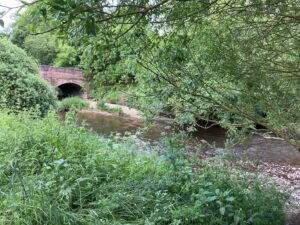
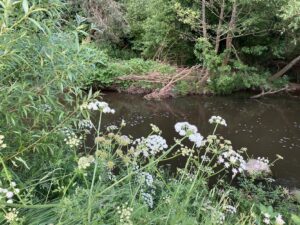
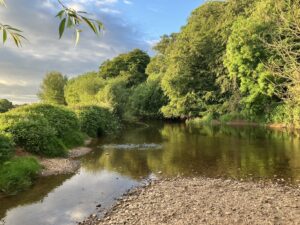

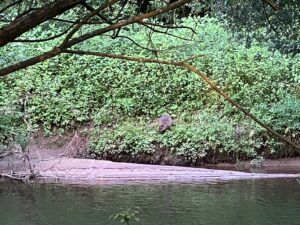
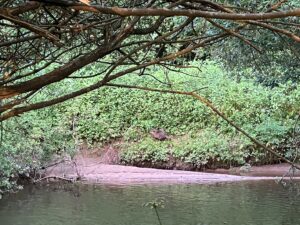
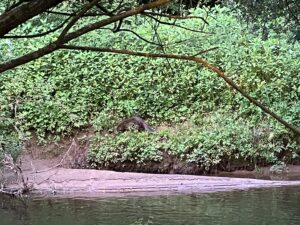
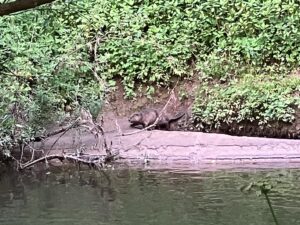
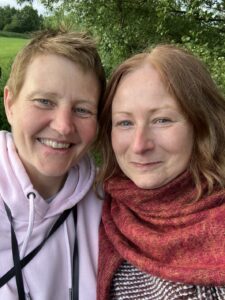
An appreciation of wildlife extends into my fantasy series, Blood Gift Chronicles, with nature and magic entwining to form a luxurious backdrop. The natural world is more than a setting, it is a character, with moods, histories and qualities that can be bizarre, tragic, mysterious, frightening or inspiring. Once the backdrop is alive, I explore how the characters interact with it, and how it weaves its way into revealing culture, belief, and conflict.
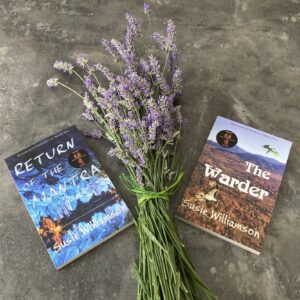
The natural world is intrinsic in the worlds we create. It provides us with food and water, and air to breathe; it nurtures crops with rain and sun, offering herbs with medicinal properties; it is one of the reasons we are alive. I enjoy stories that invite us to reflect on our relationship with living things. While some stories portray characters with human-like traits, I prefer to work with a more realistic approach, and leave it up to the human characters to discover ways of forging connections with wildlife that is wild.
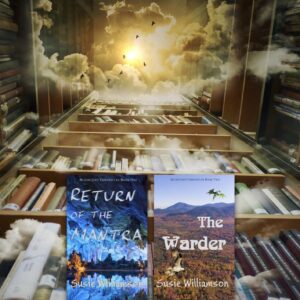
The first book in the series, Return of the Mantra, explores the idea of nature being personified against a backdrop of conflict. The young woman protagonist, Suni, explores contrasting environments, surviving to discover and forge her own identity which strengthens her fight for justice. Another significant character, a boy called Wanda, begins his mysterious journey in understanding his unique connection with wildlife. Through the series we see characters age and grow as the world expands, and revelations are explored through the connections characters have with the natural world. There is tenderness, wisdom, ferocity, devastation, and strength, through themes of self-determination, environmental justice, love, loss, and becoming. I particularly enjoy scenes of heightened empathy that express the significance of our relationship with the natural world. And in writing book 3 I’m enjoying the renewed strength that characters old and new bring, among wildlife that lets us know just how significant it truly is. In turn there is an exploration of what it means to be human, vulnerable and alive.
And now, back to the novel…
Wishing everyone a lovely week ahead…
